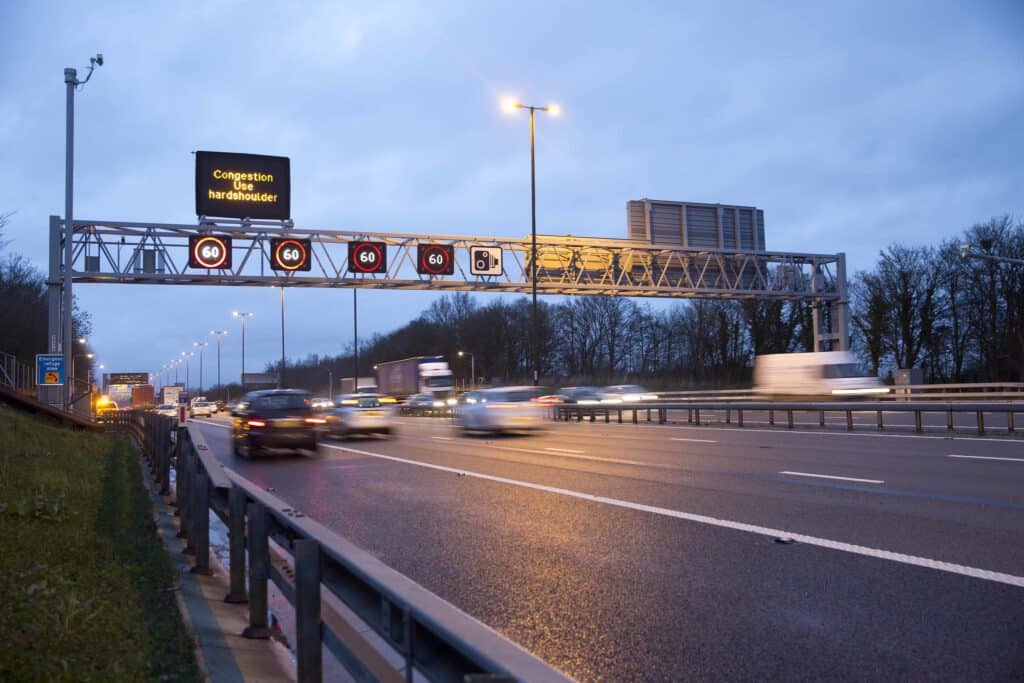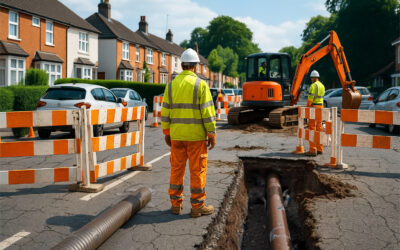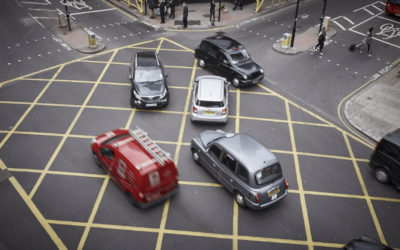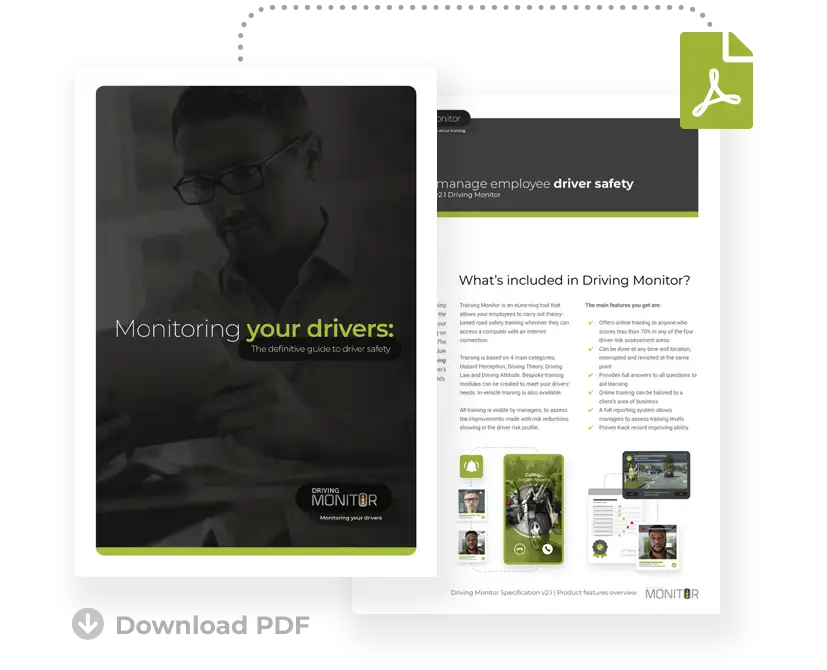Smart Motorway Tech Is ‘Failing’ Regularly

A new study conducted by the BBC for its Panorama programme has found that Smart Motorway technology is failing on a regular basis.
The investigation obtained figures which showed that hundreds of incidents occurred on the UK’s smart motorway network while crucial safety equipment wasn’t working.
There are 193 miles of ‘all lane running’ (ALR) motorway in the UK, predominantly on the M1, M6, M25 and M62.
There are another 63 miles where the hard shoulder is sometimes open to traffic, while there are 140 miles of the network where the hard shoulder has been retained.
What Is A Smart Motorway?
Smart Motorways were introduced in 2002, with All Lane Running (ALR) versions arriving in 2014. They use traffic management methods – such as variable speed limits and using the hard shoulder as a running lane to control the flow of traffic – in a way that minimises cost, time, and environmental impact.
Because you don’t need to build additional lanes to implement Smart Motorways, it was considered a way to ease traffic congestion without significant infrastructure projects and delays.
But the government was forced to take steps to improve the safety of Smart Motorways following significant pressure, with 38 fatalities directly relating to smart motorways in recent years.
That led to new safety protocols, with Smart Motorways unable to open without radar technology in place to spot stopped vehicles.
No new all-lane-running (ALR) motorways have been allowed to open without radar technology to spot stopped vehicles on the hard shoulder, which has been a safety concern since Smart Motorways were implemented in the UK.
Concerns had been raised over the technology and reliability in the time since those changes were announced… and this latest investigation has highlighted the issue with the technology.
The Demand For Further Safety Precautions
Smart Motorways have been subject to significant scrutiny since their introduction, with measures laid out in a Stocktake Report on Smart Motorways in March 2020.
The report outlined an 18-point action plan that needed to be undertaken, including camera improvements and an advertising campaign to inform drivers of etiquette on the ALR roads.
The ALR versions have been linked to more than 38 deaths since their introduction in 2014, with a high-profile corporate manslaughter case referring Highways England to the Crown Prosecution Service earlier this year after motorway monitors didn’t detect that a vehicle had broken down.
Technology issues have been mostly caused by power outages, with official figures showing there were 174 in the six months up to February 2024.
That meant that the ‘red x’ cameras and stopped vehicle detection wasn’t functional during key periods, rendering the road even less safe than a standard motorway.
Smart motorways rely on the technology working to allow them to utilise the hard shoulder as an additional lane – if a vehicle breaks down and the cameras can’t detect it because there’s no power, it becomes a sitting duck.
The lack of refuge zones, despite promises to increase the number on the smart motorway network, has also been criticised by road safety experts.
As a result, there are fresh calls for the government and highway agencies to explore ways to make smart motorways safer or to move away from ALR versions.
Do you believe Smart Motorways are safe? Does the latest news around failing tech on Smart Motorways concern you? Let us know in the comments below…










